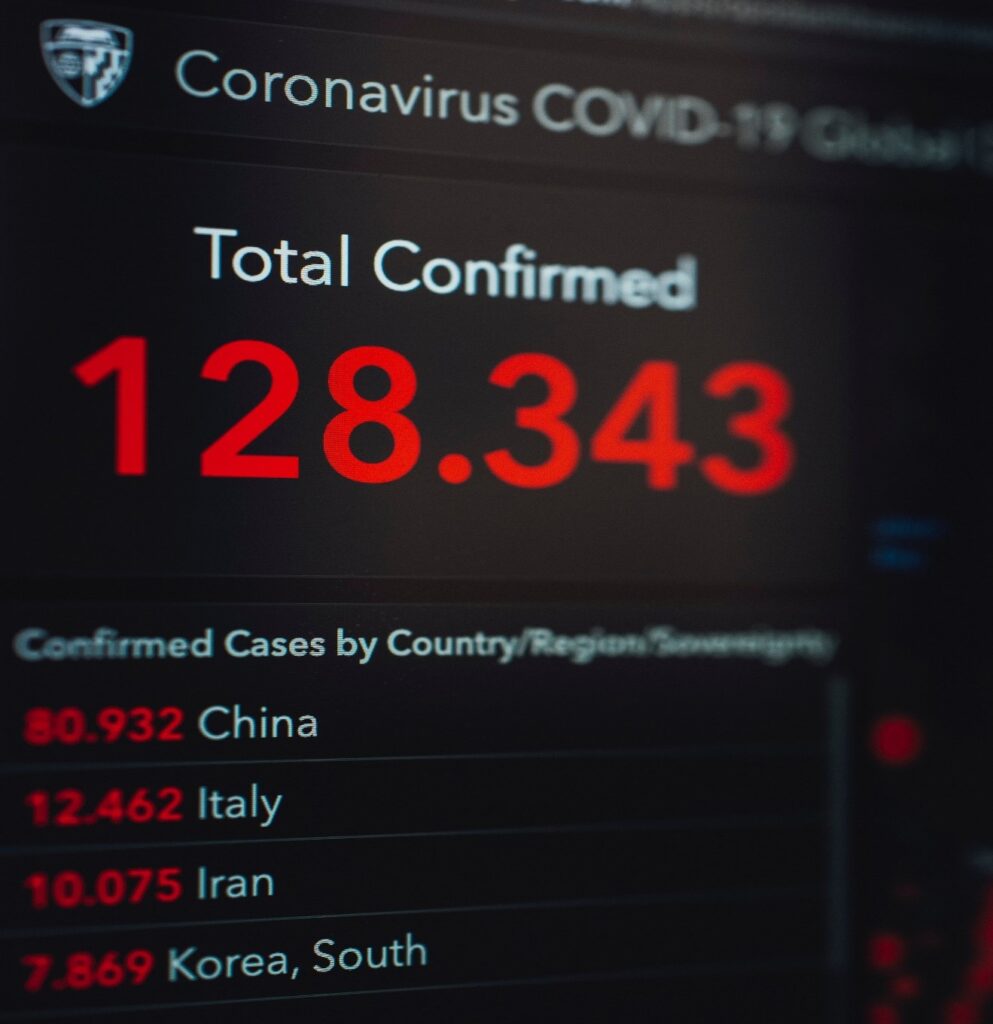In this era of digital advancements, the pervasive dissemination of misinformation and the rise of “fake news” emerge as pressing concerns that pose a substantial threat to the very bedrock of public perception. This phenomenon, often propagated through social media platforms and sensationalist news outlets, possesses the potential to manipulate, polarise, and misguide the public in ways that carry profound repercussions.
The spread of inaccurate or misleading information without the intention to deceive is known as misinformation, and it has always been a part of human communication. However, the effect and reach of the digital revolution have grown dramatically. The impact of false information on public opinion is a serious problem throughout the world.
The potential for disinformation to aggravate already-existing societal divisions is one of its most concerning characteristics. By generating information echo chambers where people are only exposed to material that supports their prejudices, misleading narratives and inaccurate information can reinforce prior ideas. In consequence, this widens societal gaps and makes productive communication and compromise more challenging.

Insidious misinformation comes in the shape of “fake news,” on the other hand. It entails the purposeful production and broadcast of misleading material with the aim of misinforming and swaying public opinion. It’s common for “fake news” to spread for nefarious reasons like political or monetary gain.
An example would be the several “fake news” efforts that surfaced during the UK’s Brexit referendum in an effort to influence public opinion. On social media sites, false narratives with exaggerated economic benefits of leaving the EU or overstated drawbacks of remaining were widely shared. These stories confused the decision-making process for voters by preying on their fears and uncertainty.
The effects of false information and the spread of “fake news” go beyond politics and touch on important topics like public health. With the COVID-19 pandemic in the background, false information about the virus’s origins, available treatments, and preventive measures spread at an alarming rate. Confusion, vaccine reluctance, and, regrettably, even fatalities resulted from this.

It is important to recognise how social media sites contribute to the spread of false information. Sensational and polarising content is frequently given priority by algorithms created to maximise engagement. Because clickbait titles and emotionally charged stories draw readers in, this promotes the rapid spread of incorrect information.
Efforts to combat false information and the spread of “fake news” have included fact-checking efforts, programmes to improve media literacy, and a call for more transparency from technology companies. But the obstacle still stands as a severe one. Misinformation is frequently carefully created to exploit cognitive biases and elicit emotional reactions, making it challenging for people to tell fact from fiction.
Individuals themselves play a crucial role in protecting public opinion from the divisive effects of misinformation. The development of critical thinking and media literacy skills are essential skills for navigating the always changing information ecosystem. Fostering open communication and a readiness to take into account other viewpoints are also effective strategies for bridging the gaps exacerbated by false information.

Misinformation and “fake news” have a major and continuous negative impact on public perception. It has the power to polarise society, erode public confidence in institutions, and have an impact on important decisions like elections and public health policies. A complex strategy incorporating media literacy, fact-checking, and appropriate internet activity is needed to address this issue. We can only expect to lessen the negative impacts of disinformation on our society by working together to create a public that is more informed and discriminating.
Sources
- https://misinforeview.hks.harvard.edu/article/misinformation-in-action-fake-news-exposure-is-linked-to-lower-trust-in-media-higher-trust-in-government-when-your-side-is-in-power/
- https://www.internetmatters.org/issues/fake-news-and-misinformation-advice-hub/learn-about-fake-news-to-support-children/
- https://www.derby.ac.uk/magazine/issue-12/influence-of-fake-news/
- https://myjms.mohe.gov.my/index.php/ejoms/article/view/23396




